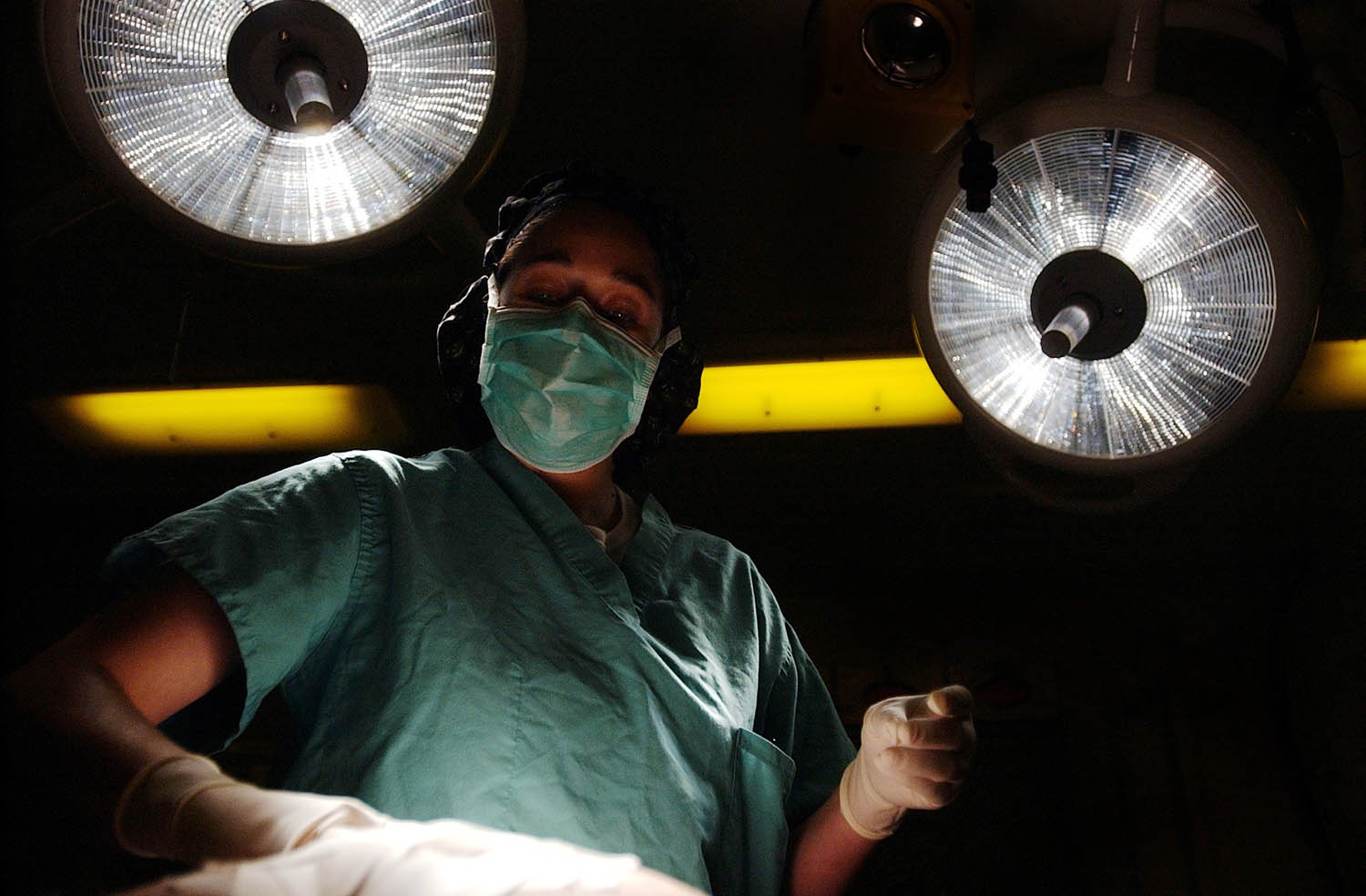A review by the National Library of Medicine shows that aortic aneurysms are among the most prevalent causes of morbidity and mortality in the US. Sadly, 61% of the litigation claims in these cases are a result of failure to diagnose and treat, while 21% are often due to delayed diagnosis and treatment.
An aneurysm occurs when blood vessel walls weaken, causing a balloon-like bulge in a vein.
Failure to diagnose these little time bombs and failure to diagnose an aneurysm in time can lead to severe health conditions such as stroke or even worse, a sudden rupture of the aneurysm leading to severe bleeding. Furthermore, if the aneurysm is large enough, the blood inside could clot and cut off the supply to essential organs.
Diagnosis and Treatment of Aneurysm
An aneurysm is diagnosed with an angiogram test that uses X-Rays to detect the presence of an aneurysm or a rupture. Early signs and symptoms include:
- Vision issues such as blurred or double vision and sensitivity to light
- Stiff neck
- Sudden extreme headaches
- Nausea
- Seizure
The diagnosis could also be made from an MRA scan or a Cerebrospinal fluid test. A cerebrospinal fluid test is done if the angiogram tests can’t show an aneurysm, but the symptoms persist.
Treatment of Aneurysm
Depending on the size and severity of the aneurysm, various treatments can be offered. They include:
- Monitoring and medication for less severe aneurysms, e.g., those in the legs. Here, doctors can give you medication and observe to see if the aneurysm shrinks. Careful monitoring and medication is the better option where surgery poses a greater danger.
- Surgical clipping: Tiny metal clip is placed at the base of the aneurysm in a surgical procedure to stop blood from flowing in the bulge.
- Endovascular procedure: it’s a less invasive procedure performed by inserting graft components using a catheter.
(Read more about the most common treatments for an aneurysm)
Can an Aneurysm Be Misdiagnosed?
Aneurysm misdiagnosis occurs in three out of four cases from a failure to do the right scan. It could also happen when frontline or emergency physicians fail to correctly interpret initial CT scans. Misdiagnosis can also be the result of inaccurate CSF findings.
One example of an aneurysm misdiagnosis is that of a 40-year-old man who reported severe headaches and meningism at a regional neurology unit. He was misdiagnosed with cervical spine pain and given analgesic treatment.
Three days later, his condition worsened, and he was readmitted with more complex signs and symptoms. He had persistent headaches, visual impairment, grade fever, photophobia, and spastic paraparesis. A week later, a CT and MRI were performed, and a multilocular lesion was found on the fronto-mesial region and interpreted as a tumor infection.
A second opinion was sought from a consultant neurosurgeon in a different department who also suspected it was a neuro infection. The patient was put on antibiotic treatment, followed by an EEG examination that gave normal results. An MRI scan was later done for follow-up and showed a regression in the lesions.
After six months, the man visited a different department, where his MRI scans were reviewed and raised suspicion of a ruptured ACom aneurysm. A CT angiogram was done and confirmed that it was an ACom aneurysm. The patient was scheduled for surgery, and results later showed complete closure of the aneurysm. The man finally got the correct treatment.
How Can I prove Failure to Diagnose an Aneurysm?

It is the duty of the doctor and other healthcare providers involved in your treatment to detect the signs and symptoms early and prevent patients from adverse health conditions. Misdiagnosis of an aneurysm can lead to a medical malpractice claim.
However, to prove failure to diagnose an aneurysm, the plaintiff must show solid evidence. This includes:
- Prove that there existed a doctor-patient relationship, often to show that the doctor had a professional duty of care towards the plaintiff. Medical records could be used as evidence.
- Breach of the standard of care: The plaintiff must prove that the doctor or healthcare provider failed to diagnose the signs and symptoms due to negligence. Breach of contract can be proved either by negligent error, delay, or omission.
- Injuries: The plaintiff must prove that the doctor’s breach of contract was a direct cause of his injuries.
- Damages: These can be physical, economic, or emotional damages as a result of the misdiagnosis. Damages are calculated to compensate the plaintiff for the harm caused by the misdiagnosis.
Settlement and Verdicts of Aneurysm Misdiagnosis
Let’s take a look at some aneurysm misdiagnosis cases and the verdict the jury made.
In a 2018 Massachusetts malpractice lawsuit, a 30-year-old woman visited her doctor with complaints of dizziness. Imaging was done, and the tests showed a brain aneurysm. However, the doctor failed to refer her to a specialist. Later, the woman became pregnant, and the doctor failed to inform her obstetrician of the aneurysm. Unaware of the underlying condition, the OB/GYN allowed the woman to have her baby through normal delivery.
The result was stress during labor, which eventually led to a hemorrhagic stroke. The plaintiff filed a lawsuit and was awarded $34.5 million for damages by a jury in Norfolk County.
Another medical malpractice happened in 2017 in Massachusetts. A 48-year-old man was taken to the emergency room with severe headaches. The emergency doctors quickly examined him and sent him home with painkillers. No tests were done to determine if there were other potential causes of the severe headache.
2 weeks later, the man suffered a ruptured cerebral artery aneurysm leading to subarachnoid hemorrhage. The man was left with brain damage and cognitive deficits. He sued the emergency doctors for failing to carry out imaging tests and was awarded $2.2 million.
Final Thoughts
Failure to diagnose an aneurysm poses a fatal threat to your health and the health of a loved one. If you or your loved ones have experienced aneurysm misdiagnosis, it’s important to seek help from an experienced medical malpractice attorney to help you find justice.












